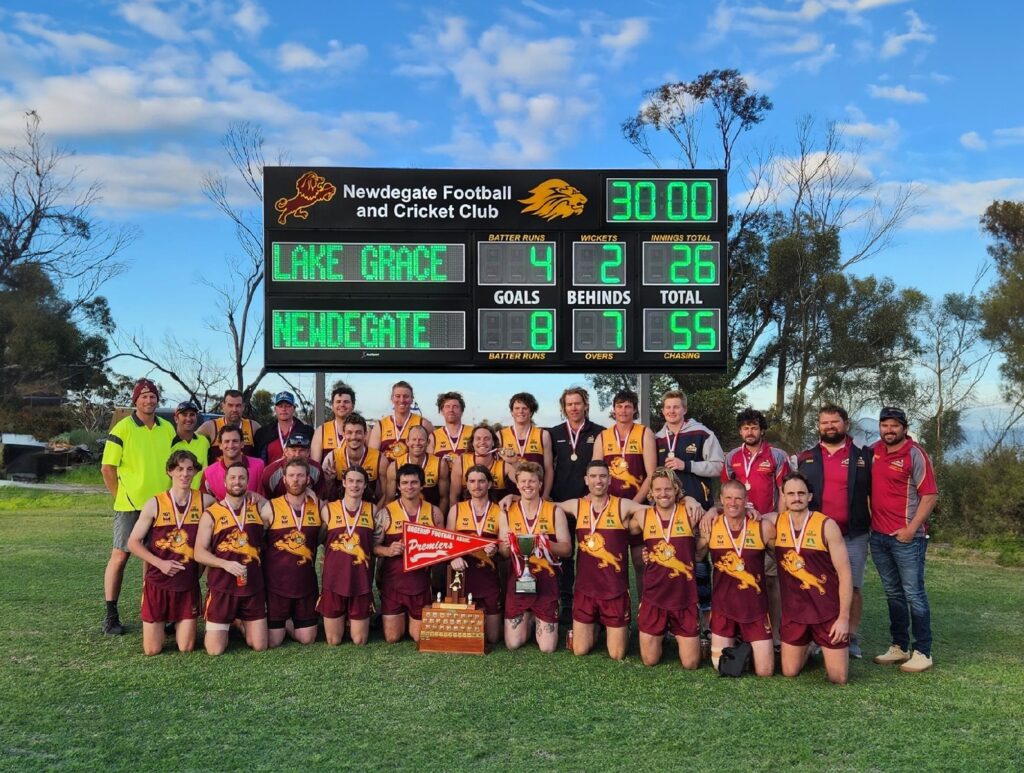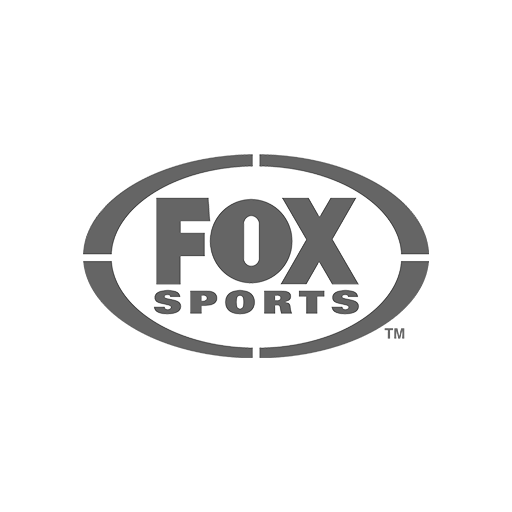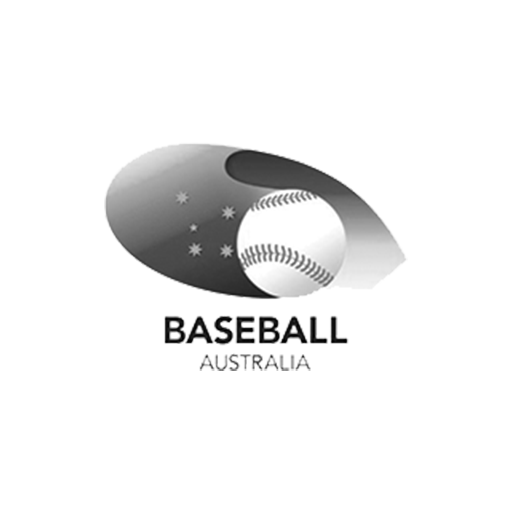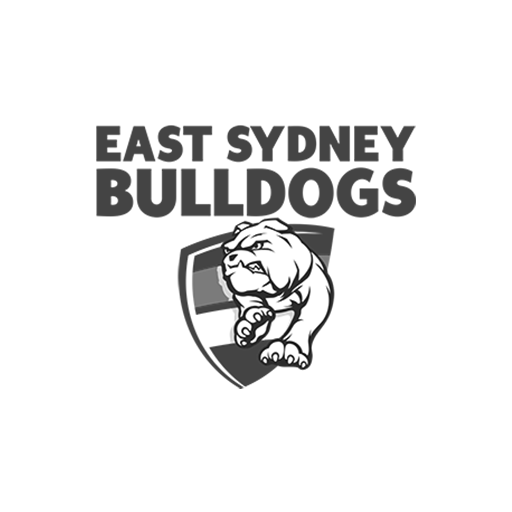It’s important to research and carefully plan to ensure you choose the right outdoor LED sign for your business. There are numerous things to take into consideration, including the purpose of your sign, local council regulations, environmental factors, screen resolution, traffic patterns and more.
We’ve put together some information to explain the basics and help guide you to the best signage decision for your business.
Firstly, let’s learn more about LED Signs and Displays.
What is an LED sign?
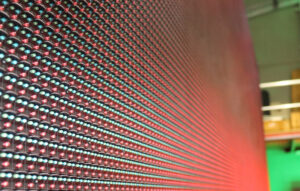 An LED sign (sometimes called an LED display) is an electronic sign consisting of a matrix of individual light emitting diodes (LED) that form image, text or video. An electronic current passes through a microchip, which illuminates the tiny light sources we call LEDs and the result is visible light.
An LED sign (sometimes called an LED display) is an electronic sign consisting of a matrix of individual light emitting diodes (LED) that form image, text or video. An electronic current passes through a microchip, which illuminates the tiny light sources we call LEDs and the result is visible light.
When the LED pixels are placed very close together, from relatively far distances, the human eye can’t see the gaps between pixels, which delivers quality images with minimum pixilation. LED brightness and colour is very eye catching, which is important for outdoor signs.
Outdoor LED Sign considerations
There is no point installing an outdoor sign if it can’t be clearly seen by your audience! There are a number of factors you need to consider to make sure your sign is clear, bright and visible.
Sign Visibility
Brightness
LED Signs are much brighter than regular large screen TVs. The brightness of these signs is rated in ‘nits’ and if your sign needs to be seen outdoors all year around, day and night, you will require at least an 8,000 nits screen. All LEDs will dim over time, so if you want your sign to remain nice and bright for years, you need to choose a really bright screen.
Screen Resolution and Size
Screen resolution is an important factor in how clear your words and images are to the viewer. It’s defined as the number of dots (pixels) that are on the sign – the more pixels per square metre, the better the resolution.

‘Pixel pitch’ is the standard measurement to indicate the resolution of a digital sign based on the spacing of the LED pixels from each other in millimetres. Pitch values generally range from 4mm, which is a very high resolution, to 16mm a relatively low resolution.
For shop windows P4 or smaller are used. For outdoor applications of short viewing distances, a pitch of around P6 is advisable. For far-away viewing distances, P10 or P16 can be used.
The type of messages and advertising you require also influences the ideal sign size. If you want to simply use scrolling text display, you can get away a with a minimum character height. However, if you need a full-colour LED sign to display eye-catching images and backgrounds, you’ll need a bigger sign to accommodate the additional room required for images, backgrounds and animations.
Placement
To receive maximum impact for your sign, carefully consider where it’s best placed. Investigate the physical surroundings and understand both the foot traffic and road traffic passing by. Experienced Outdoor LED sign suppliers (link to AusSport) will be able to advise you on any site constraints such as installation costs, power access, and regulations. This expert knowledge can be invaluable.
Viewing Distance
 Another important factor in selecting the right LED sign is viewing distance. Where will your audience be when they view your sign? Will they be close and walking by or driving by fast in a car and viewing your sign from a distance. These factors influence how noticeable your sign will be. As a rule of thumb, you need at least 100mm of character height for each 30 metres of viewing distance to make it readable.
Another important factor in selecting the right LED sign is viewing distance. Where will your audience be when they view your sign? Will they be close and walking by or driving by fast in a car and viewing your sign from a distance. These factors influence how noticeable your sign will be. As a rule of thumb, you need at least 100mm of character height for each 30 metres of viewing distance to make it readable.
If square footage is limited, a high-resolution LED sign with tight pixel pitch will help you to display crisper content.
Government Rules and Regulations
They are impossible to escape! It is highly likely that your local council or government authority will have rules and regulations governing outdoor signage. Unless you are replacing a similar size sign in the same locations, you will likely need to submit a development application to your local council.
Signage Controls
Creating your messages and uploading them on your screen has to be easy, and you ideally need a simple content management system (CMS) – editing software that converts your images and text to the shape of the screen.

A web-based content management system can be accessed from your computer and it provides a simple way to upload images and text into your screen, and ensure that they fill your appropriate sign dimensions.
It’s also important to create a signage update schedule and consider the timing of your updates for maximum impact.
Expert Advice and Support
One of the best decisions you can make is to consult with an LED sign company who can provide expert advice on the best product for your specific needs. Look for a supplier with a track record, and one who is willing not only to support you through the decision making and sales process, but also provide quality after sales support.
Look for suppliers who provide a minimum of 2 years warranty but be sceptical of 10 year warranties unless the supplier guarantees supply of parts for this time frame.
Contact the friendly AusSport team today for expert outdoor led sign advice and a fast quote.
